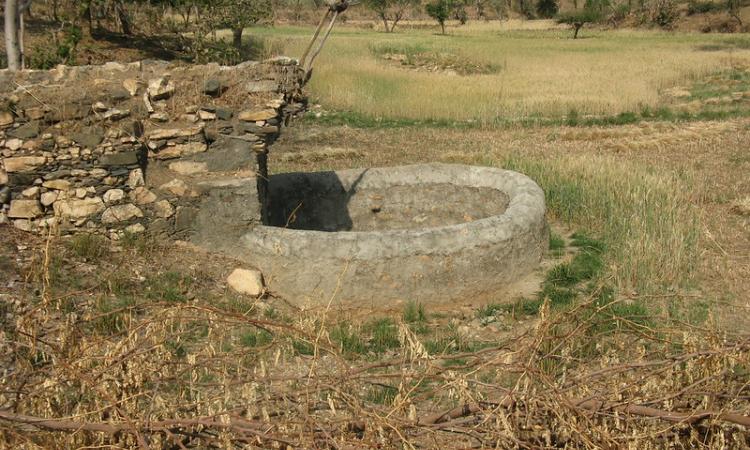
Groundwater extraction increased from 58 percent in 2004 to 63 percent in 2017: CAG
Between 2004 and 2017, the level of groundwater extraction in India increased from 58 percent to 63 percent, as reported by the Comptroller and Auditor General (CAG). Further, the report showed that Delhi, Haryana, Punjab and Rajasthan have extraction levels that are more than 100 percent, indicating that groundwater extraction has surpassed recharge of groundwater in these states. Between 2004 and 2017, the percentage of safe blocks decreased and the percentage of semicritical, critical, and overexploited blocks steadily increased.
The most concerning fact is that, of the 24.8 lakh sq km identified for aquifer mapping in the country, only 13 lakh sq km (52 percent) have been mapped by the CGWB.
(Business Standard)
Chamoli’s flash floods: Uttarakhand disaster authority blames ‘sequential intermittent damming’
Uttarakhand State Disaster Management Authority (USDMA) has attributed February's flash floods in Chamoli to 'sequential intermittent damming' at three places--the Raunthi Gadhera stream dammed in its upper reaches, the Rishiganga river dammed to the north of Murunna, and the Dhauliganga river dammed around Raini village.
Early explanations of flooding, which were based on satellite observations, attributed to avalanches and trapped water remobilizing from debris were dismissed by the report.
Furthermore, the team pointed out that if there had been a warning system, the disaster wouldn't have been as devastating as it was, and recommended a "legally-binding disaster risk assessment regime for the region." (The Times of India)
28 out of 35 seismographs near major dams in Maharashtra are non-operational while MP’s dam repairs are pending
In response to a question, the Maharashtra Water Resources Minister revealed that 28 out of 35 seismographs installed near major dams in the state are not operational. These devices detect and record earthquakes. During its review of seismographs near all major dams in the state, the committee discovered that many analog seismographs installed throughout the state do not have spare parts or are old. The government is planning to install digital seismographs.
According to a report by the Comptroller and Auditor General (CAG) of India, out of 28 dams found to have major deficiencies of different kinds, there are still 20 that must be rectified after 11 to 69 months after they were first detected.
(The Print, Daijiworld)
Kinnaur tribes up against the proposed Jangi Thopan Powari hydel project
Inhabitants of Kinnaur district in Himachal Pradesh have stood up against the 804 MW Jangi Thopa Powari Hydroelctric Project.
The tribal groups have demanded a complete halt on the construction of the hydel projects. With the rampant construction of hydro projects in the state, the region has been adversely impacted by cracks appearing in the mountains and its fertile grasslands are becoming dry.
The Jangi project is proposed to be constructed in the most ecologically fragile mountains of the district. Moreover, the point where the Satluj enters India from China up to Bhakra Dam in Bilaspur will be lost once all the plans are implemented. (News Click)
Government to revive 400-year-old traditional water structures in MP’s Burhanpur
The ancient city of Burhanpur is located on the banks of the Tapti river in Madhya Pradesh. Due to rapid urbanization and the effects of climate change, the city faced an acute water crisis until recently. However, water access in the city has improved this year. Nearly every household in the city has a functional tap-water connection, making it the first in Madhya Pradesh.
Moreover, the Ministry of Environment has sanctioned a project under its Climate Change Action Programme for restoring traditional water systems in the city, which will directly benefit 3550 households and indirectly 15,000 to 10,000 households by climate-proofing urban water supply.
(Money Control)
This is a roundup of important news published from December 21 – January 4, 2021. Also read policy matters this fortnight.
/articles/58-percent-2004-groundwater-extraction-rises-63-percent-2017-cag